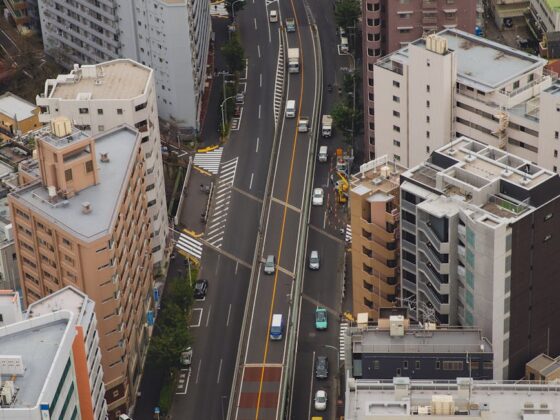Packing Tips for Japan Train Travel
Traveling by train in Japan can be an enjoyable experience, but it’s essential to pack wisely. Here are some important guidelines regarding luggage allowance and how to manage larger bags.
Luggage Allowance Guidelines
When preparing for train travel in Japan, understanding luggage restrictions is crucial. Passengers traveling on the Shinkansen are allowed to carry two carry-on items, provided they meet the following criteria:
| Luggage Detail | Specification |
|---|---|
| Total Dimensions | Up to 250 cm (length + width + height) |
| Maximum Length | Up to 2 meters |
| Weight Limit | Up to 30 kg per item |
This luggage policy allows passengers to travel comfortably without worrying about excess baggage. For luggage with dimensions under 160 cm, no seat reservation is needed; it can be placed in front of the traveler or in the overhead rack if light enough to lift.
Small pets such as dogs, cats, or birds are also permitted on trains for a fee of 290 yen per pet, provided they fit within the guidelines (JR Central).
Reserving Seats for Larger Luggage
For larger pieces of luggage, it’s advisable to reserve a seat. Luggage that exceeds the standard dimensions may require an additional personal belongings ticket for 290 yen each after showing the luggage at the ticket gate. By making a reservation, passengers can ensure there’s space available for their luggage, making travel smoother.
When planning a trip, consider booking Shinkansen tickets online to save time and avoid potential complications at the station. By following these packing tips for Japan train travel, travelers can enjoy a hassle-free journey as they explore Japan by train.
Additional Tips for Smooth Travel
Travel Seasons and Recommendations
Choosing the right season for travel in Japan can significantly enhance the overall experience. The most popular months to travel are spring (March-May) and autumn (September-October) due to milder weather and manageable humidity levels. This is particularly beneficial for families traveling with children (Wild Junket).
Understanding the seasonal climate can also aid in packing. During winter (December-February), temperatures can dip to freezing, making it an excellent time to visit ski resorts or see snow monkeys in Nagano (Wild Junket). In contrast, summers can be sweltering, with temperatures soaring up to 35°C (95°F) and increased rainfall. Here’s a brief overview of seasonal travel considerations:
| Season | Weather Conditions | Recommendations |
|---|---|---|
| Spring | Mild, blooming flowers | Ideal for cherry blossom viewing |
| Summer | Hot, humid, and rainy | Light clothing, stay hydrated |
| Autumn | Comfortable, vibrant colors | Great for fall foliage trips |
| Winter | Cold, snowy | Perfect for winter sports activities |
For packing and travel planning, it’s advised to start early. Some hotels in Japan may only have rooms available 3 to 6 months in advance, so booking ahead can offer better choices and rates.
Alternative Luggage Solutions
Managing luggage while traveling by train in Japan can be streamlined with various solutions available. In addition to knowing the shinkansen luggage rules, tourists might consider employing alternative luggage services, especially when traveling between cities.
One popular choice is using luggage forwarding services, which allow passengers to send their bags directly to their destination hotel or a designated location. This eliminates the hassle of carrying heavy bags on crowded trains and navigating train stations. Companies such as Yamato Transport and Sagawa Express offer this convenient service.
Another option is using an eSIM for mobile service, which can assist in accessing travel apps or navigational aids while on the go. This ensures travelers have reliable communication and access to services without the inconvenience of traditional SIM cards.
Travelers are encouraged to explore all available shinkansen travel hacks to enhance their journey, including pre-booking tickets to save time and money. For more on planning an efficient travel itinerary, check out our guide on travel between cities in Japan.










